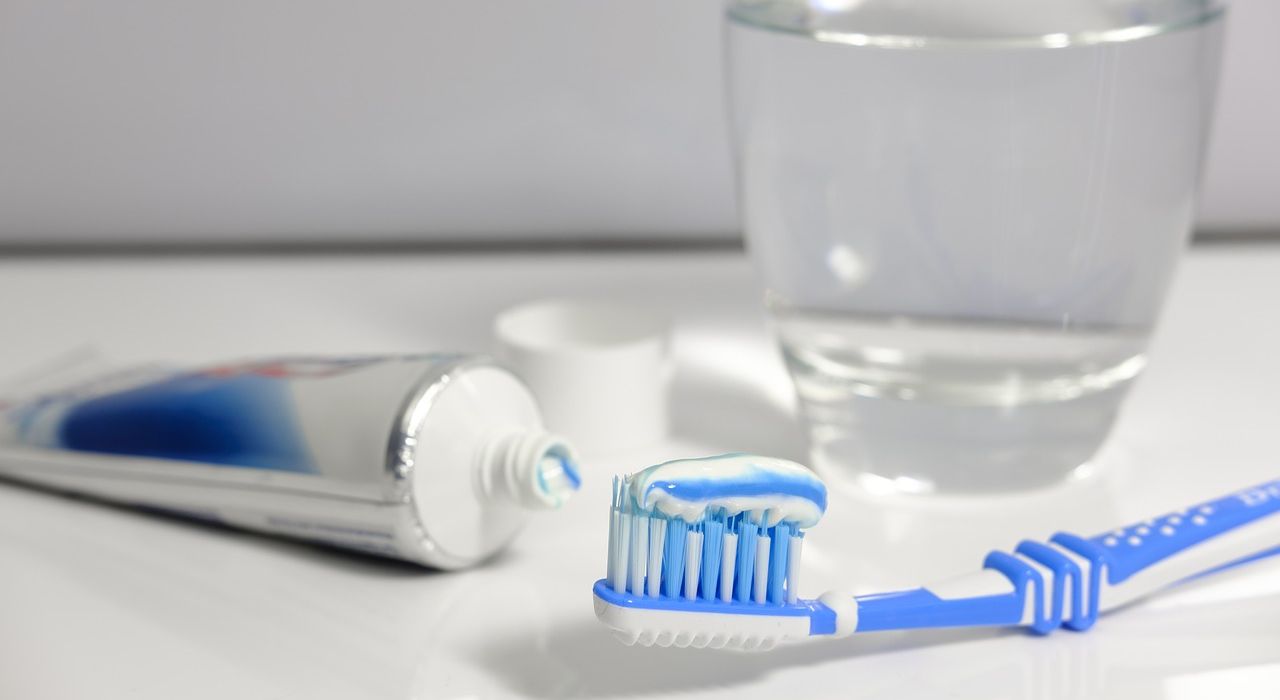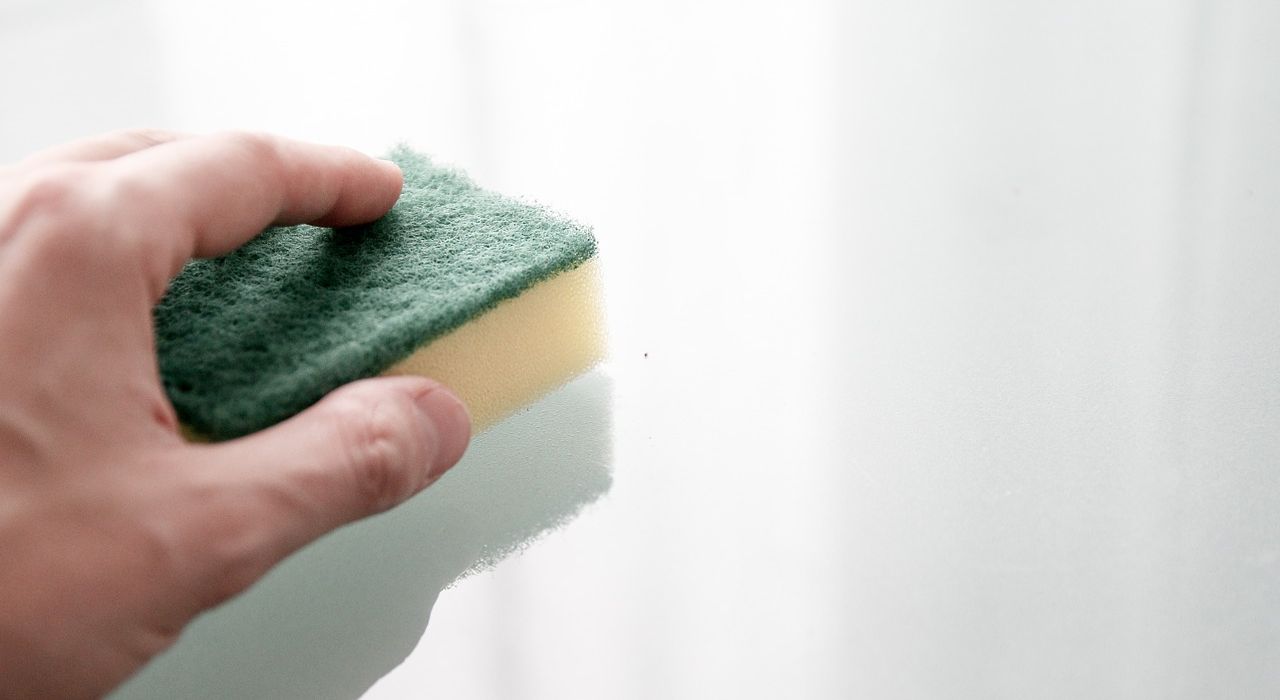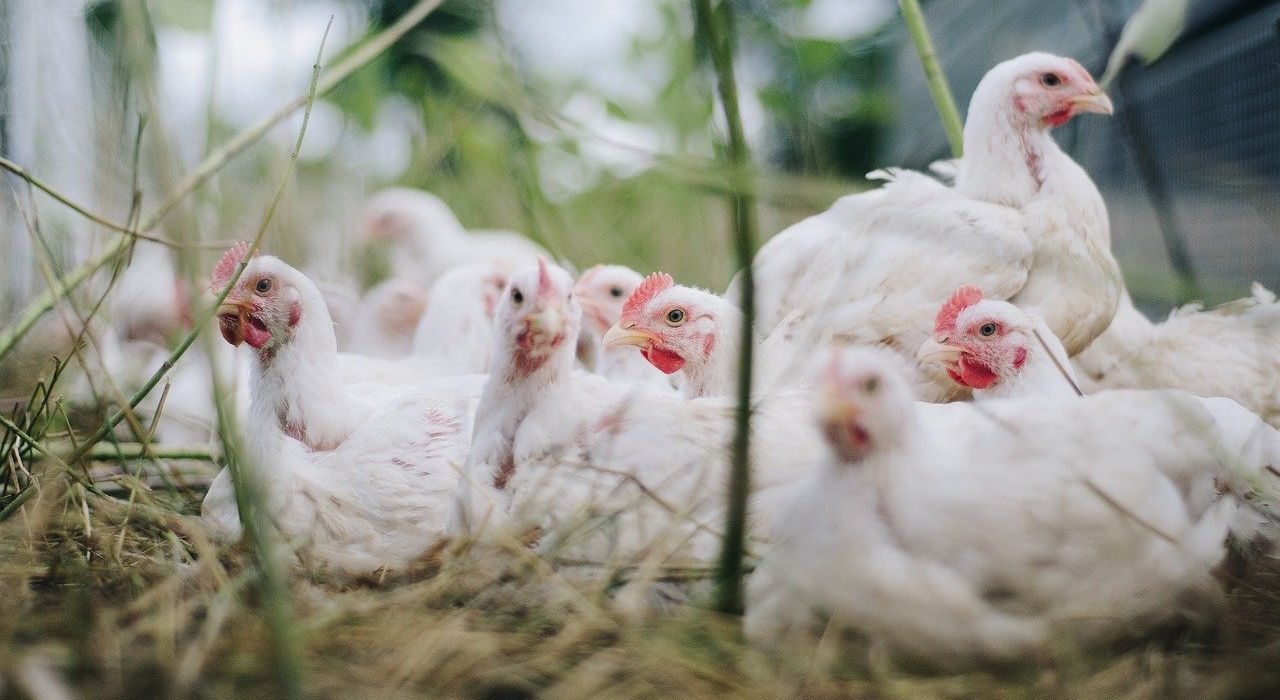Ex parte Lindenblatt, is a recent decision of the Patent Trial and Appeal Board (PTAB) addressing evidence of unexpected results.
In Ex parte Lindenblatt, the claim at issue was directed to a pharmaceutical (thyroid hormone) formulation. The relevant claim recited:
1. A solid pharmaceutical preparation comprising
levothyroxine sodium,
2-10% by weight based on the preparation of gelatine,
0.2 to 3% by weight based on the preparation of citric acid, and
a filler that is 50 to 80% by weight, based on the preparation, of mannitol, sucrose or lactose, and 10 to 30% by weight, based on the preparation, of maize starch.
In rejecting the claim, the examiner relied on a primary reference that disclosed all of the features except for the gelatin. For this deficiency, the examiner relied on a secondary reference disclosing levothyroxine sodium tablets including gelatin and fillers and describing that, when gelatin is used as a binder, the tablets have surprising stability.
Applicant argued that the tablet of the primary reference was intended to dissolve rapidly in a patient’s mouth and, thus a skilled artisan would not have been led by the secondary reference’s promises of stability through the use of gelatin.
The PTAB was not persuaded, finding that the examiner made a prima facie case of obviousness. The PTAB noted particularly that “while [the primary reference] is concerned with a composition that can easily dissolve in the mouth, such does not indicate that [the primary reference] is not interested in a product that has a stable shelf life until inserted into the mouth of a patient.”
The PTAB was persuaded, however, by applicant’s evidence of unexpected results.
First, applicant provided evidence (a journal article) showing that it was known that citric acid is a pH modifier that reduces the stability of levothyroxine sodium in tablets relative to tablets including a basic pH modifier or no pH modifier (at 10% – much higher than the claimed range and the primary reference). Then, applicant supplemented with experimental evidence, which showed the following results for stability when varying citric acid and gelatin amounts in levothyroxine sodium tablets:
| Citric Acid | Gelatin | Stability |
| 1.5% | – | ★ |
| – | – | ★★ |
| – | 5% | ★★★ |
| 1.5% | 5% | ★★★★ |
Looking at the evidence, the PTAB found that the stability results for the combination of gelatin and citric acid would have been unexpected, because citric acid alone was reported in the literature and shown in applicant’s experimental results to negatively affect the stabilization of levothyroxine sodium in a tablet. That is, the PTAB concluded that a skilled artisan would not have expected the combination of citric acid and gelatin to provide better stabilization of levothyroxine sodium in a tablet composition than the stabilization provided by gelatin alone.
Takeaway: In this case, the examiner provided a credible reason for expecting that addition of gelatin to the citric acid-containing tablets of the primary reference would increase stability – the secondary reference explicitly stated that stability would be increased. Applicant was able to find literature evidence suggesting that a large amount of citric acid is expected to destabilize. Applicant supplemented this with post-filing results showing that small amounts of citric acid destabilize. Together, this evidence persuaded the PTAB that the improved performance of the citric acid/gelatin combination shown by applicant was unexpected.
Applicant provided a good amount of evidence and a compelling narrative regarding unexpectedness. The PTAB’s explanation, however, gives little weight to the fact that the primary reference tablets already included citric acid. Further, the post-filing evidence regarding the effect of small amounts of citric acid would not have informed a skilled artisan of what would have been expected or unexpected at the time of the application. This case illustrates that sometimes a persuasive story can be useful in overcoming weaknesses in evidence of unexpected results.
Judges: Adams, Jenks, Townsend










